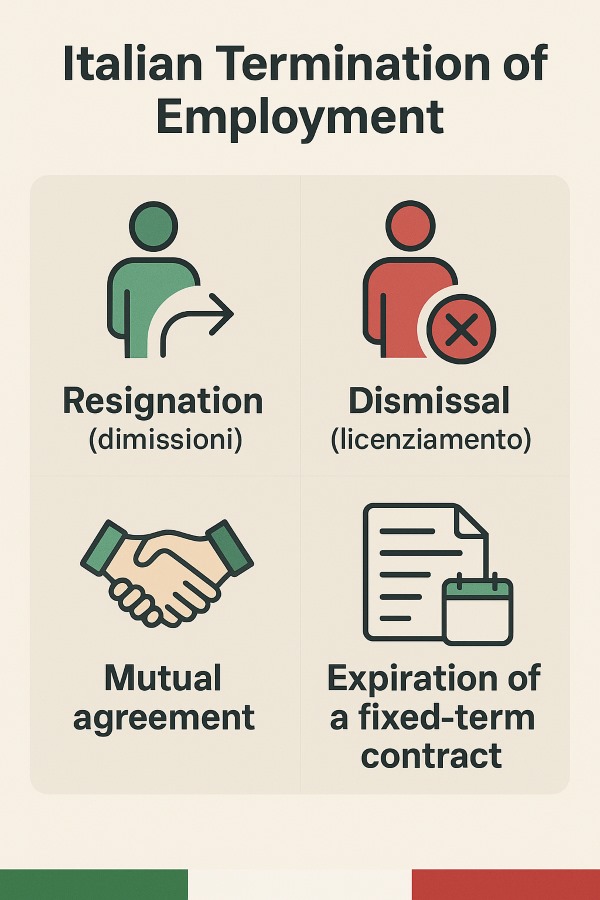Table of Contents
ToggleIs there a minimum wage in Italy? Find out all the details in this article
What is the minimum wage in Italy?
Only around half the employees working in Italy are covered by an NBCA. NCBAs only apply to employers and employees in organisations that have actually signed them or have chosen to adhere to them. This means that people in some sectors who fall between the lines, by working for an organisation not covered by one for example, often face the prospect of receiving a low monthly salary, sometimes as low as €200-300 a month, especially for younger, more inexperienced workers. The current Italian government is committed to changing this however, and you can read more about that below.Wage rates differ across the country as well between the north and south. For example, the majority of the 20 percent of underpaid agriculture and catering workers live in the south of the country. In general, before COVID-19 as well, unemployment had been falling in the country although this was largely due to the influx of more casual, underpaid work that does not include a permanent contract.
Across the whole of the private sector, the social security and pensions department (INPS) has admitted that 22% of workers earn less than a gross total of €9 per hour. They also noted that this figure does not account for often even poorer paid domestic or agricultural employees. Despite the current situation, the E.U. remains an economic powerhouse with employment rates steadily rising. Italy itself saw a rise in employment, nearly 300,000 jobs over 12 months and the 15 year outlook is expecting a continual increase.
How do Italian wage rates compare to other countries?
Check out also our article about working time in Italy for more informations.
How does Collective Bargaining work?
The other level of collective bargaining is carried out at a regional, provincial or even company level. This decentralised level of bargaining accounts for the finer details, covering things like working conditions, employment contracts, performance standards and also bonuses for productivity and length of service.
Minimum wage rates agreed under NBCAs are adjusted annually according to inflation and they are reviewed and negotiated again every three years. The more local level agreements have less stringent timescales for renewal and review. However, following the agreement of a new NBCA, a firm or company will generally enter into negotiation with their employees on contractual terms. Bonuses and standards of productivity are generally looked at and agreed upon annually.

Could all of this all change soon?
The first of these is that the wage of the employee must be ‘fair’. This means that the total remuneration for the work provided by the employee must not fall below the level of the agreed minimum wage according to the NBCA of that sector. The second of these is a legal parameter that stipulates that at any time the total remuneration for an hours work in Italy cannot ever fall below a gross of 9€.
Within Italian democracy there are strong arguments for and against this bill. Unions are worried that introducing a mandatory minimum wage might reduce interest in adhering to collective bargaining agreements, as participation is not mandatory at this point. This would mean a large loss of power on the part of the unions in terms of being able to bargain for better workers’ wages.
Additionally, if Italy were to set the minimum to €9 it would have the potential to disrupt the entire system and all sectors would have to readjust to compensate for the increase. As it stands now, €9 an hour is very high considering the cost of living in most places of Italy when compared to those of Germany and France. With the new proposal it is also unclear if the new minimum wage will take into account Italy’s “13th month” system or the severance payment (trattamento di fine rapporto) which is equal to 7.4% of the employee’s annual salary. Until these two main issues are resolved the proposal can be expected to be reviewed and reworked.




